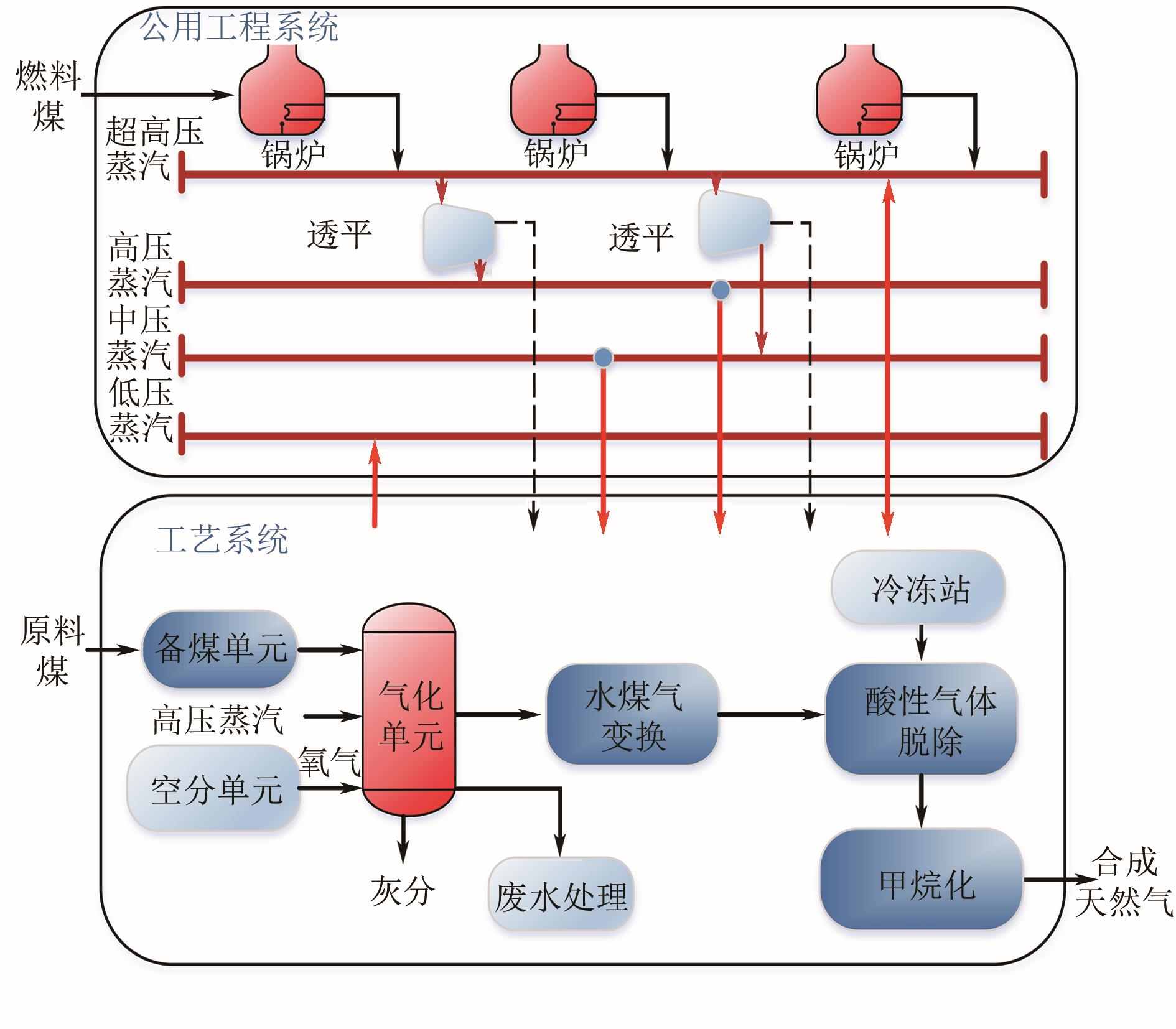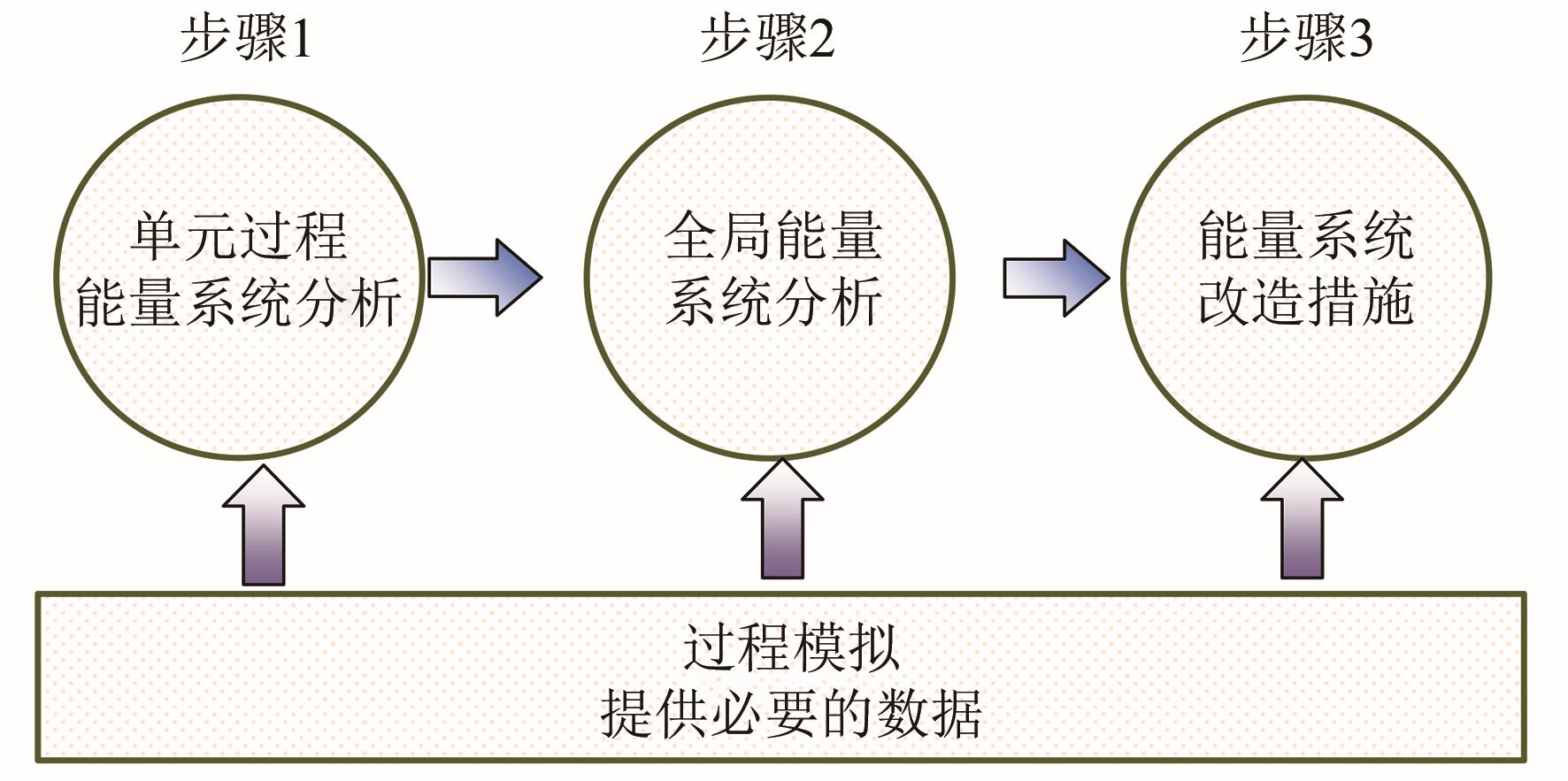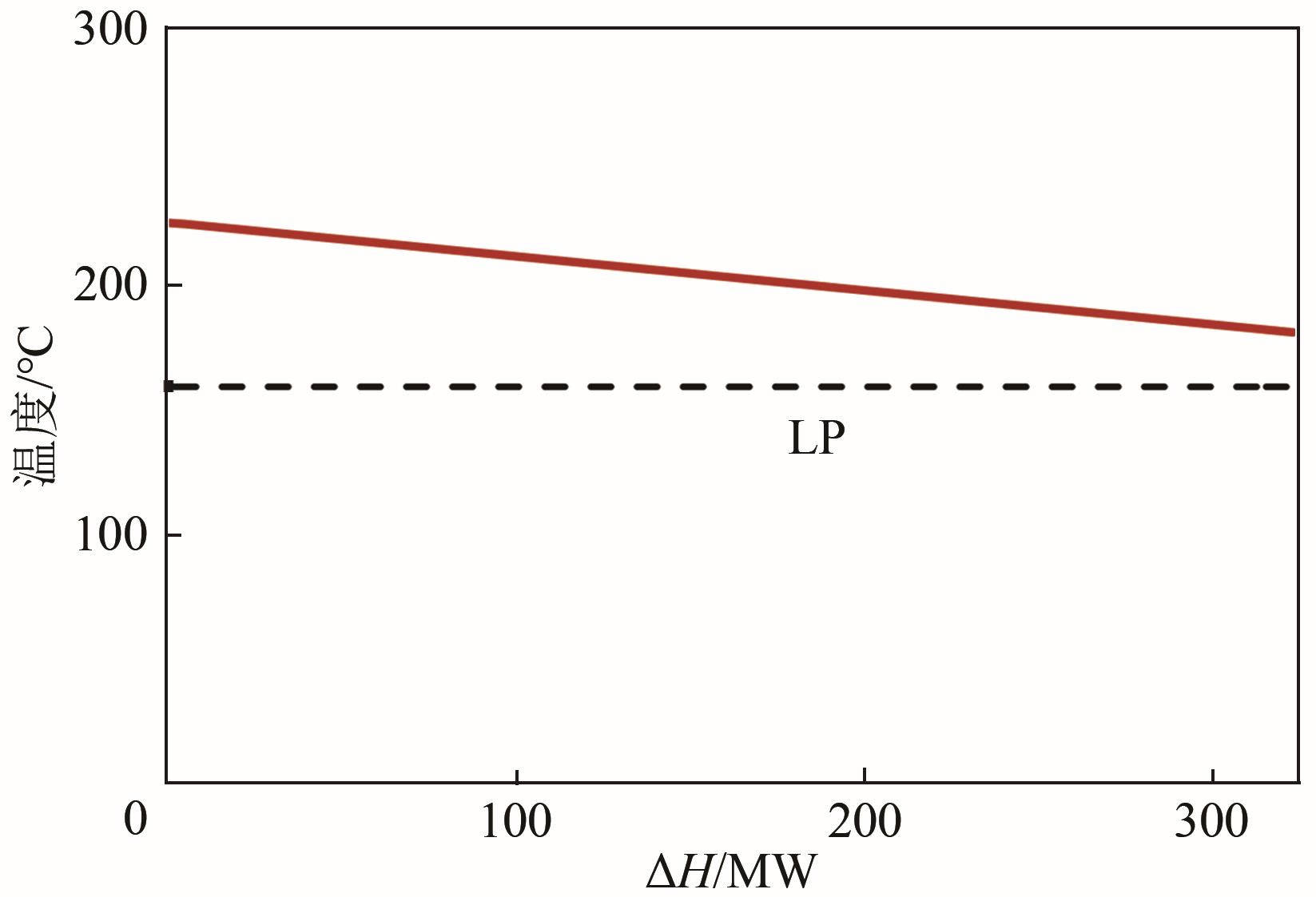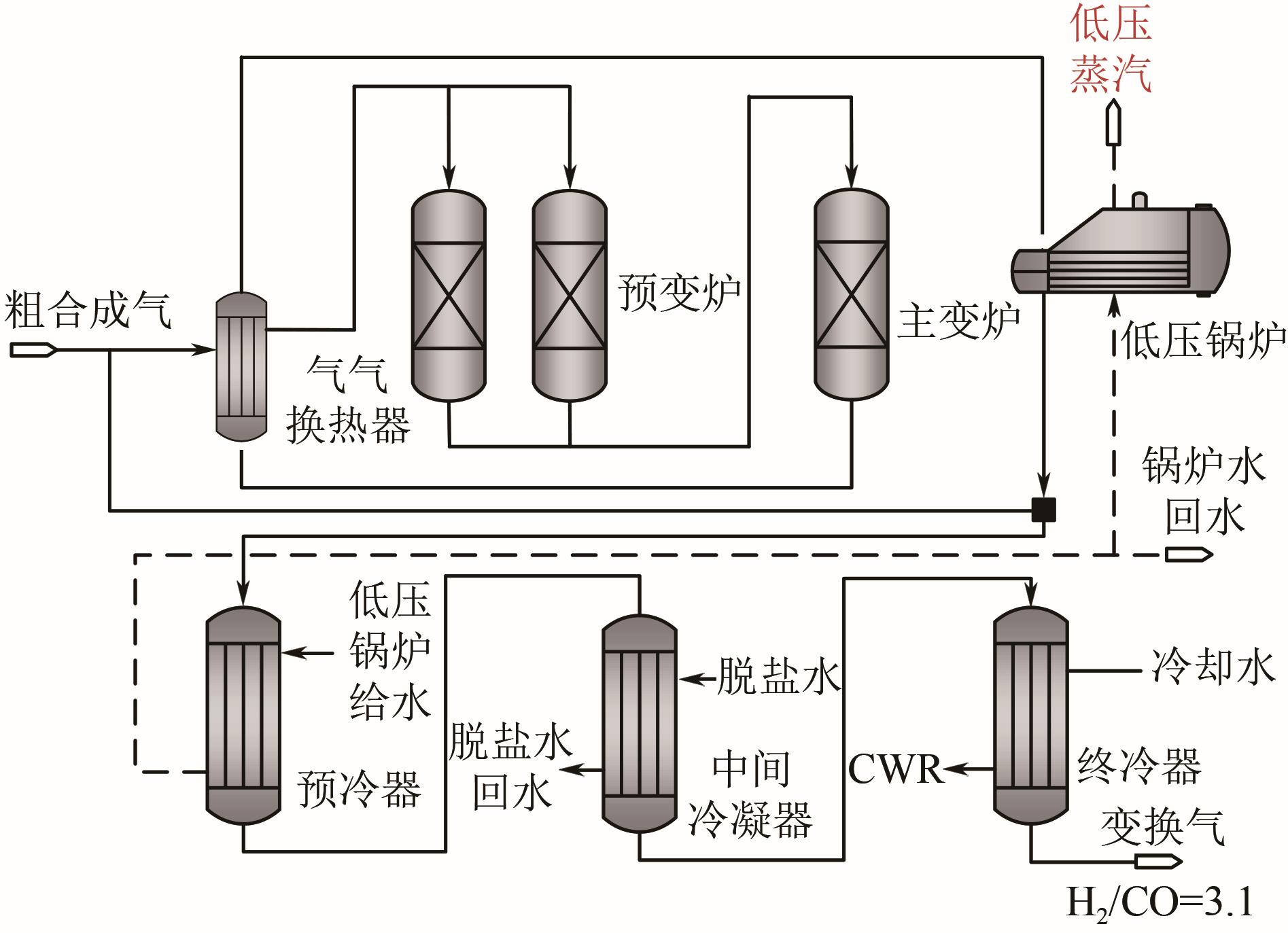| 1 |
LI H, YANG S, ZHANG J, et al. Analysis of rationality of coal-based synthetic natural gas (SNG) production in China[J]. Energy Policy, 2014, 71(3): 180-188.
|
| 2 |
LI S, JI X, ZHANG X, et al. Coal to SNG: technical progress, modeling and system optimization through exergy analysis[J]. Applied Energy, 2014, 136(C): 98-109.
|
| 3 |
YANG C J, JACKSON R B. China’s synthetic natural gas revolution[J]. Nature Climate Change, 2013, 3(10): 852-824.
|
| 4 |
LI S, GAO L. Greenhouse gas emissions from synthetic natural gas production[J]. Nature Climate Change, 2016, 6(3): 220-221.
|
| 5 |
YANG S, QIAN Y, MA D, et al. BGL gasifier for coal-to-SNG: a comparative techno-economic analysis[J]. Energy, 2017, 133: 158-170.
|
| 6 |
刘永健, 何畅, 冯霄, 等. 煤制合成天然气装置能耗分析与节能途径探讨[J]. 化工进展, 2013, 32(1): 48-53.
|
|
LIU Yongjian, HE Chang, FENG Xiao, et al. Analysis of energy consumption and energy saving approach in a coal to SNG plant[J]. Chemical Industry and Engineering Progress, 2013, 32(1): 48-53.
|
| 7 |
PENG Y L, THEO W L, ALWI S R W, et al. Total site heat integration planning and design for industrial, urban and renewable systems[J]. Renewable & Sustainable Energy Reviews, 2016, 68: 964-985.
|
| 8 |
RAMANAIAH V, KHANAM S. Modified approach of total site integration for energy conservation: a case study of sponge iron cluster[J]. Chemical Engineering Research & Design, 2018, 133: 142-154.
|
| 9 |
LIEW P Y, WALMSLEY T G, ALWI S R W, et al. Integrating district cooling systems in locally integrated energy sectors through total site heat integration[J]. Applied Energy, 2016, 184: 1350-1363.
|
| 10 |
HACKL R, HARVEY S. From heat integration targets toward implementation—A TSA (total site analysis)-based design approach for heat recovery systems in industrial clusters[J]. Energy, 2015, 90: 163-172.
|
| 11 |
LIU Y, QIAN Y, ZHOU H, et al. Conceptual design of coal to synthetic natural gas (SNG) process based on BGL gasifier: modeling and techno-economic analysis[J]. Energy & Fuel, 2017, 31: 1023-1034.
|
| 12 |
LIU Y, QIAN Y, XIAO H, et al. Techno-economic and environmental analysis of coal-based synthetic natural gas process in China[J]. Journal of Cleaner Production, 2013, 30(1): 50-56.
|
 ), WU Xiuzhang4, LIU Yongjian3(
), WU Xiuzhang4, LIU Yongjian3( ), WANG Bo3
), WANG Bo3











